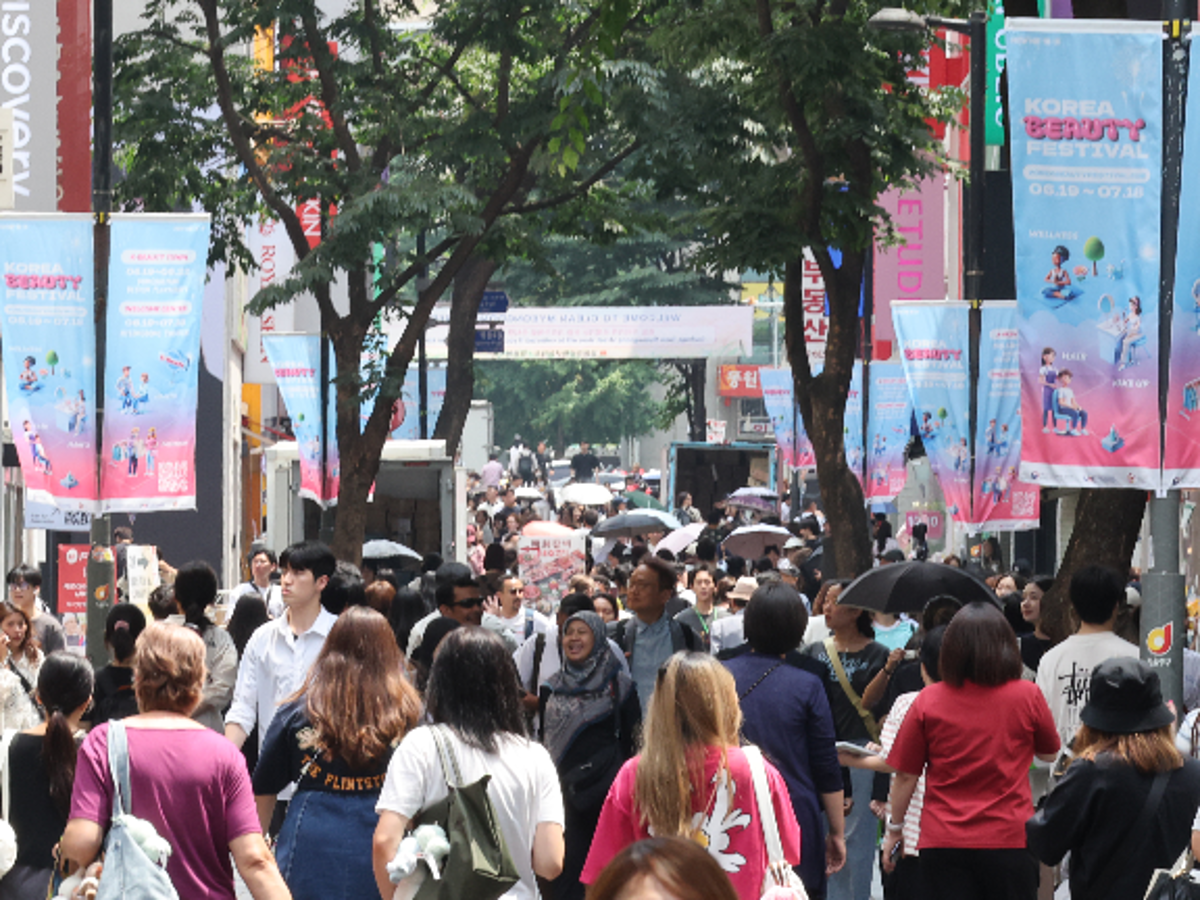The Korean Peninsula Future Research Institute, in a report released on 2/7, projects that South Korea's population could fall to 7.53 million people by 2125. This represents 15% of its current size of 51.68 million. Even under the most optimistic scenario, the population would still decline to 15.73 million, less than one-third of what it is today. The institute's median projection estimates a population of 11.15 million by 2125.
The Korean Peninsula Future Research Institute focuses on population issues, policy, and future trends on the Korean Peninsula.
Researchers used the cohort-component method, an internationally recognized technique for population projection, integrating data on fertility, mortality, and migration. The median scenario predicts a 30% population decline by 2075, with the decrease accelerating over the following half-century.
The low birth rate is a primary factor, compounded by a cumulative effect across generations. As each generation shrinks, the pool of potential parents also diminishes, accelerating the rate of population decline.
South Korea's population structure is projected to shift from a "stingray" shape (large youth population) to a "cobra" shape by 2125, characterized by a predominantly older population and a very small youth population.
The aging crisis will intensify. In the worst-case scenario, 100 people of working age (15-64) would support 140 senior citizens within the next 75 years, compared to the current ratio of 30 senior citizens per 100 working-age individuals.
The report also analyzed approximately 60,000 posts on the social networking app Blind. The findings reveal that the 20-40 age group prioritizes "money" and "housing" over "love" when considering marriage. Financial burdens are a major concern when deciding whether to have children.
Researchers concluded that economic factors now heavily influence decisions about marriage and childbirth, rather than personal preferences.
 |
A street in Myeong-dong, Seoul. Photo: Yonhap |
A street in Myeong-dong, Seoul. Photo: Yonhap
To address this situation, the institute proposes urgent solutions: increased financial support for childbirth and childcare, fostering a work-life balance culture, raising the retirement age, maintaining continuous employment, and reforming immigration policies. Most importantly, a restructuring of the economy towards productivity is needed, reducing reliance on population growth.
These warnings highlight the demographic emergency in South Korea, which has the world's lowest birth rate and fastest aging population. As of 2024, the average birth rate was only 0.75 children per woman. While slightly increased, it remains far below the replacement rate of 2.1.
Thuc Linh (Korea Herald)












